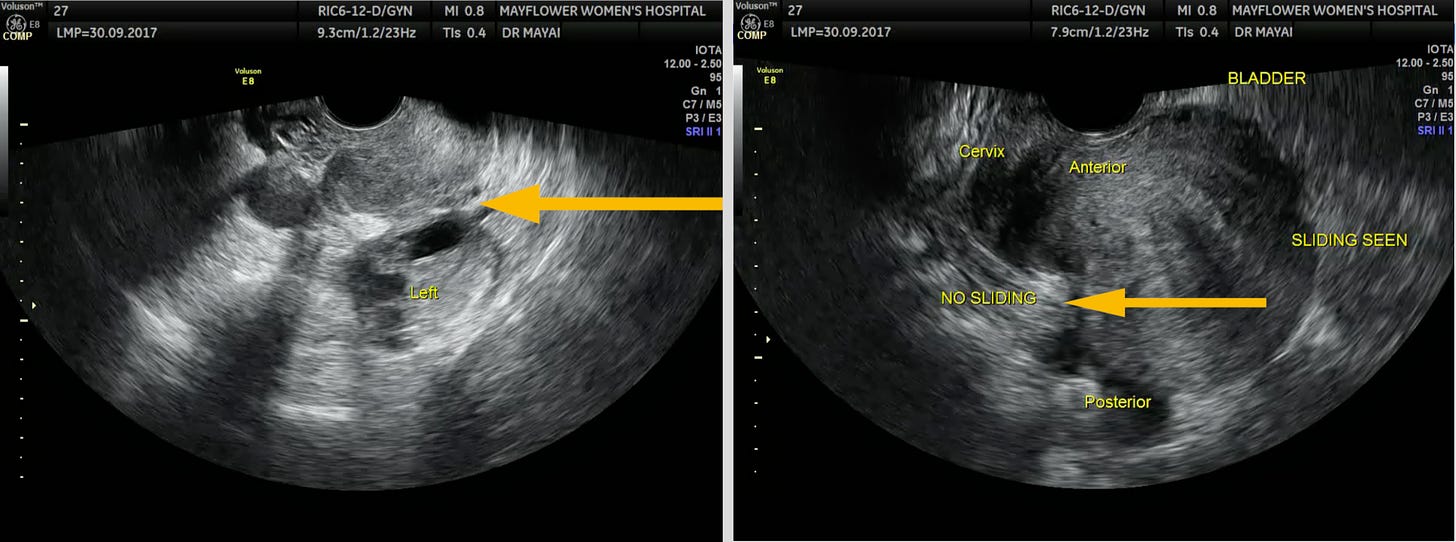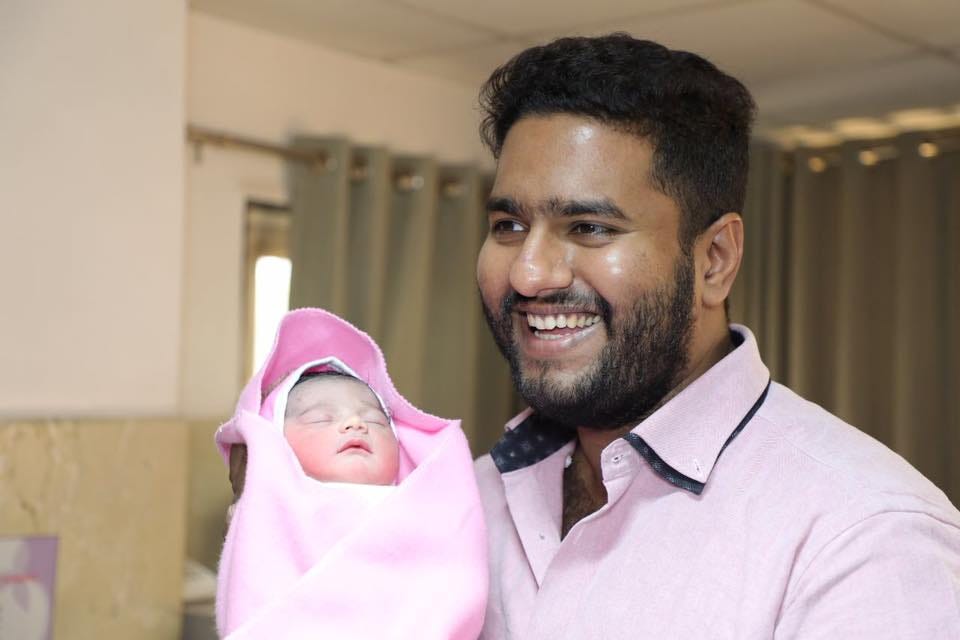“Do you think there even is enough material to write about Endometriosis? You’re just gonna run out of content after 10 editions” This is verbatim what the marketing head of a very reputed surgical devices company once said to us when we were about to launch this newsletter.
52 weeks, and over 2.2 MILLION e-mails later
I am happy to report that they were wrong. Not only is there enough material to keep us going, there is so much more left to say even today. And today is important, because today marks exactly one year since we first hit publish on Endometriosis Weekly.
Our First Edition was on better understanding MRI as a directional and diagnostic tool for mapping anatomical distortion in Endometriosis.
Since then we have made a conscious choice to make Endometriosis Weekly dedicated to the practice of surgery and management of the disease, made by doctors, made for doctors.
We could’ve made a generic, goddy-two-shoes publication that attracted more patients and just made us famous. But we actively chose impact over impressions. We stayed focused on making content for doctors, so that a 100x more patients could be impacted by the truth.
45000 doctors, at least 500 patients a year, makes it 22 Million people likely touched by something we wrote
Over the year, doctors and surgeons from across the world have reached out to us and told us how much they have enjoyed this publication. Honestly speaking, that appreciation has been the lifeblood of this newsletter. It’s what kept us going.
Today is also important because 50% of this newsletter celebrate’s his birthday today. That’s right. It’s Dr. Smeet Patel’s 33rd birthday. So happy birthday to Endometriosis Weekly, and to him. This is completely coincidental. No we did not plan it this way at all.
And while we celebrate, it’s also important to throw some light on the most important conversation around endometriosis. An average woman anywhere in the world spends 7 years and changes 7 doctors before she receives a diagnosis for endometriosis.
There is a huge gap in disease occurrence and detection and we need to fix it
But before we begin fixing a problem, it is important to know what makes it happen in the first place. This is where the SAD triangle comes into play.
This image is from an internal presentation that we ran for doctors and medical officers and over time, our conviction in the idea has grown stronger. There are three key factors that stop a patient of endometriosis from being diagnosed as one.
Awareness
While doctors know about it, there is very little understanding about the anatomy altering impacts of endometriosis and how its treatment needs special care and attention. Most diagnosis is incidental to that of infertility and gets treated only so as to solve for fertility.
While awareness forms the base of the triangle, Symptoms form its side.
Symptoms
One of our most loved editions was The Unofficial Symptom Map of Endometriosis where we highlight in great detail the challenges of correlating symptoms with disease occurrence and the desperate need for more studies in the area.
And the last, yet most important aspect is diagnosis itself
Diagnosis
To date, MRI isn’t used as effectively as it should be for diagnosis. Academically speaking Laparoscopy is the gold standard for diagnosis of endometriosis but MRI plays an even bigger role in surgical planning. MRI scans can see what superficial incisions cannot, and they help surgeons prepare with much greater precision for how a surgery must unfold.
But a lower adoption rate and limited availability of MRI along with cost considerations is a big reason diagnosis inches slower than usual.
The First Step to Breaking the SAD Triangle
It’s simple. Just drive awareness. The more people knowing more about the disease will automatically encourage the system to react better to cases. Diagnosis will get cheaper, insurance coverage will expand, and a greater number of women, and families will benefit from the advancement that medical science has already made but what is not yet available to them, for no fault of theirs.
We will keep this anniversary edition short. And to the point. Yes, we have a lot more than 52 editions left in us. 2 million emails is nothing. There’s a lot more to be said, and we’re only getting started.
Just for today we will be a little self indulgent and share this picture from 2010, when neither of us knew we would be where we are today, but we knew we would upto no good, together.
Thank you for all the love. See you next week.











